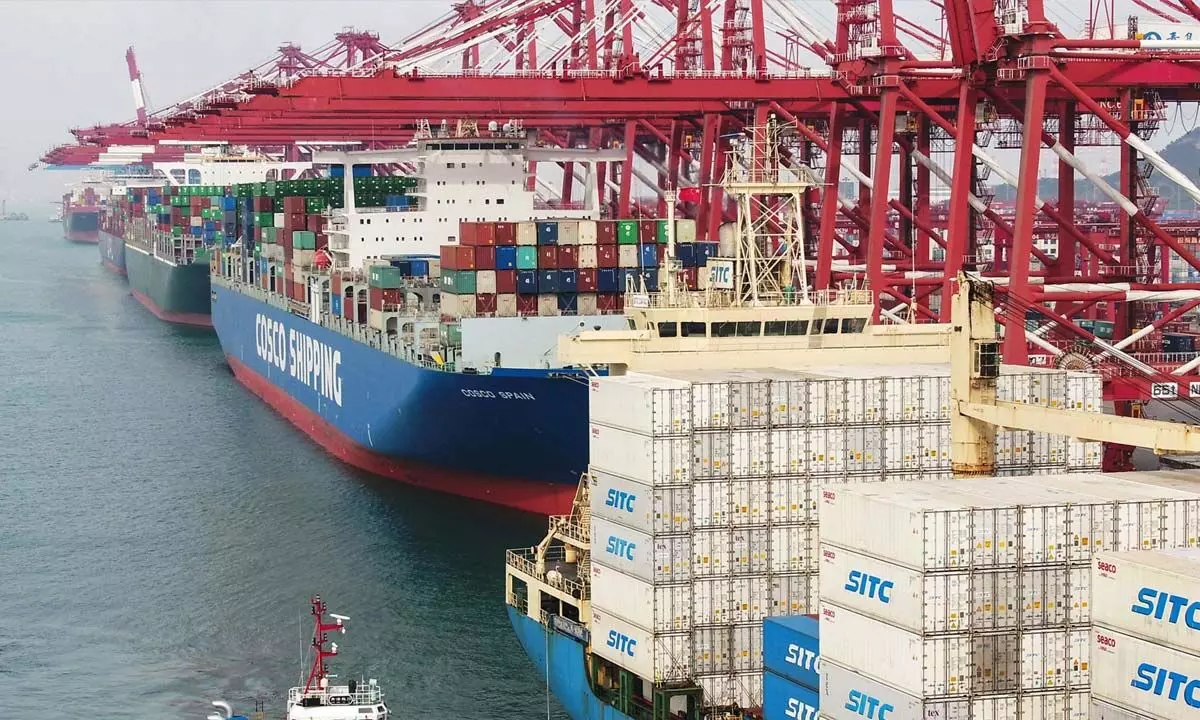High tariffs hitting electronics exports
NCAER-CII report suggests tier 1-2-3 cos be invited to India to create our own ecosystem and scale up production volume for both the domestic and export markets
image for illustrative purpose

Call For Action
- The report suggests for a large-scale manufacturing hub
- Prompt payment of overdue export subsidies, PLI incentives
New Delhi: Expensive imported inputs on account of tariff increase have an adverse impact on the competitiveness of manufacturers in the international market. Therefore, for a globally competitive electronics industry, it's important for the government to have a rational approach towards any tariff increases. Any such decision should be made with prior consultation with the nodal ministry which has the primary task of nurturing the ecosystem and industry.
This is one of the recommendations of a report prepared by the National Council of Applied Economic Research (NCAER) for the Confederation of Indian Industry (CII).
Titled 'Call to Action Report,' the NCAER-CII report suggests that tier 1-2-3 companies, including those leading in global value chains, be invited to India to create our own ecosystem and scale up the volume of production for both the domestic and export markets. This should be for one to five years.
The government must ensure prompt payment of overdue export subsidies, production-linked incentives, and legitimate dues in future.
In order to move towards a large-scale manufacturing hub, the Ministry of Electronics and Information Technology should facilitate the setting up of electronic manufacturing near the finished products' (like mobile handsets) manufacturing units, the report said.
"This would require developing electronic parks, rather than clusters, with full infrastructure development and 100 per cent power so that plug-and-play becomes the norm."
The supply chain must move from mobiles to computers, laptops, hearables & wearables, and more advanced electronic items that can cater to important segments like healthcare, education, logistics, and entertainment, the report said.
The government may also extend some employment-linked incentives to industry, given its job creation potential, the report said.
It has also recommended incentives for the promotion of research & development. In India, expenditure on R&D is just 0.65 per cent of the GDP, where it is 2-3 per cent in advanced countries.
The NCAER-CII report also favors inland container depots near manufacturing facilities to ensure faster clearances for exports. This will facilitate the logistics and transportation sector significantly which will drive the economy and growth, it said.

